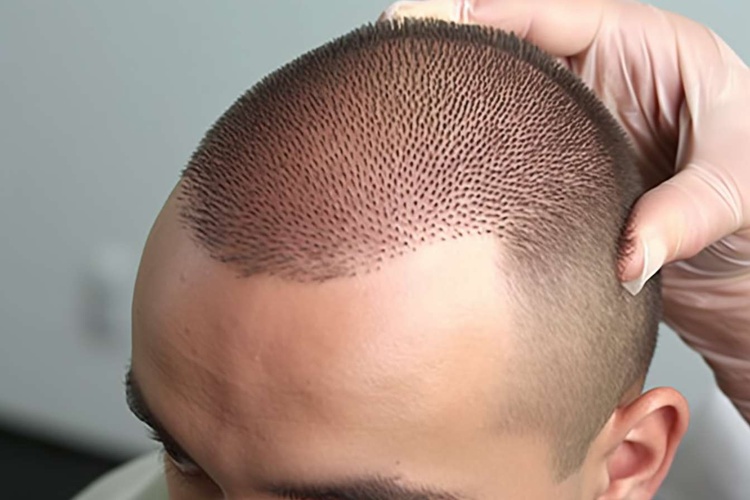Understand Alopecia and Its Impact on Hair Health
Alopecia is an autoimmune condition that affects millions of people worldwide, causing varying degrees of hair loss across the body. This condition occurs when the immune system mistakenly attacks hair follicles, leading to patches of hair loss that can range from small, isolated areas to complete loss of hair on the scalp or body. Understanding alopecia is crucial for both those affected and their support networks.

What is Alopecia?
Alopecia areata is a specific type of autoimmune disorder where the body’s immune system attacks healthy hair follicles, causing them to become small and significantly slow down hair production. This condition can affect anyone regardless of age or gender, though it often first appears during childhood or early adulthood. The condition may affect the scalp exclusively or extend to other areas of the body where hair typically grows.
Causes and Risk Factors
Several factors contribute to the development of alopecia areata. Genetic predisposition plays a significant role, with about one in five people with the condition having a family member who has also experienced it. Other risk factors include:
-
Previous autoimmune conditions
-
Environmental triggers
-
Severe stress
-
Viral infections
-
Hormonal changes
-
Certain medications
Recognizing the Symptoms
The primary symptom of alopecia areata is hair loss that typically occurs in round or oval patches. Common signs include:
-
Sudden hair loss in circular patterns
-
Small, smooth bald patches on the scalp
-
Nail changes, including pitting or ridges
-
Hair thinning or shedding in other body areas
-
“Exclamation mark” hairs (shorter broken hairs that taper at the bottom)
Impact on Physical and Emotional Health
Alopecia affects more than just physical appearance. The condition can have significant psychological and emotional implications:
-
Decreased self-esteem and confidence
-
Anxiety in social situations
-
Depression and mood changes
-
Challenges with body image
-
Impact on personal relationships
-
Stress about potential progression of hair loss
Management and Support Options
Various treatment approaches and support systems are available for managing alopecia areata:
Medical Treatments:
-
Topical immunotherapy
-
Corticosteroid injections
-
Minoxidil applications
-
Systemic medications
-
JAK inhibitors
Support Options:
-
Professional counseling
-
Support groups
-
Hair replacement systems
-
Scalp micropigmentation
-
Lifestyle modifications
| Treatment Type | Typical Duration | Average Cost Range |
|---|---|---|
| Corticosteroid Injections | 6-8 week intervals | $100-300 per session |
| Topical Treatments | Ongoing monthly | $30-150 per month |
| JAK Inhibitors | Ongoing monthly | $1,000-3,000 per month |
| Hair Systems | 6-12 months | $200-1,000 per system |
Prices, rates, or cost estimates mentioned in this article are based on the latest available information but may change over time. Independent research is advised before making financial decisions.
Living with alopecia requires a comprehensive approach that addresses both physical symptoms and emotional well-being. While there is no cure for alopecia areata, many people successfully manage the condition through a combination of medical treatments, lifestyle adjustments, and support systems. Regular consultation with healthcare providers helps in developing and modifying treatment plans as needed.
This article is for informational purposes only and should not be considered medical advice. Please consult a qualified healthcare professional for personalized guidance and treatment.




